All Stories
-
 Neuroscience
NeuroscienceMysteries of time still stump scientists
The new book "Why Time Flies" is an exploration of how the body perceives time.
-
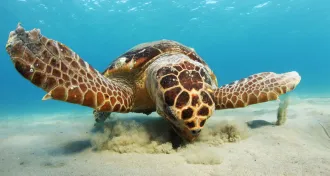 Climate
ClimateHot nests, not vanishing males, are bigger sea turtle threat
Climate change overheating sea turtle nestlings may be a greater danger than temperature-induced shifts in their sex ratios.
By Susan Milius -
 Health & Medicine
Health & MedicineWeekend warriors put up a fight against death
Weekend warriors shove all their weekly activity into just one or two days, and it’s still enough to reduce mortality risk.
-
 Psychology
PsychologyLong-lasting mental health isn’t normal
Those who stay mentally healthy from childhood to middle age are exceptions to the rule.
By Bruce Bower -
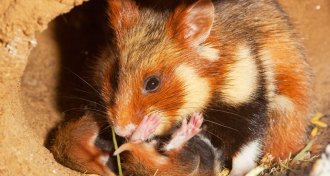 Animals
AnimalsA diet of corn turns wild hamsters into cannibals
Female European hamsters fed a diet of corn eat their young — alive. They may be suffering from something similar to the human disease pellagra.
-
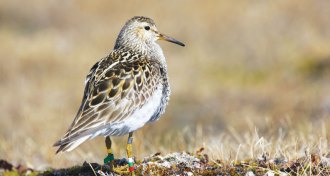 Animals
AnimalsPectoral sandpipers go the distance, and then some
Even after a long migration, male pectoral sandpipers keep flying, adding 3,000 extra kilometers on quest for mates.
-
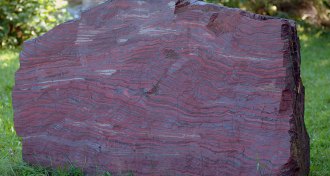 Earth
EarthOxygen flooded Earth’s atmosphere earlier than thought
The Great Oxidation Event that enabled the eventual evolution of complex life began 100 million years earlier than once thought, new dating of South African rock suggests.
-
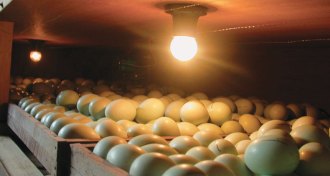 Animals
AnimalsFor calmer chickens, bathe eggs in light
Shining light on incubating eggs leads to calmer adult chickens, a study suggests.
-
 Health & Medicine
Health & MedicineLittle jet-setters get jet lag too
Help young children fight jet lag with a few simple steps.
-
 Astronomy
AstronomyFaint, distant galaxies may have driven early universe makeover
Gravitational lensing has revealed extremely faint galaxies in the early universe, suggesting these tiny galaxies were responsible for cosmic reionization.
-
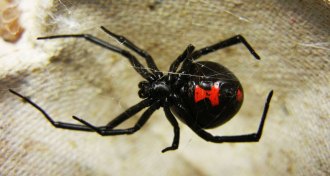 Animals
Animals‘Cannibalism’ chronicles grisly science of eating your own
In "Cannibalism", a zoologist explores a grisly topic that scientists have only recently begun to study seriously.
By Sid Perkins -
 Neuroscience
NeuroscienceArtist’s amnesia could help unlock mysteries of memory
In "The Perpetual Now", journalist Michael Lemonick looks at what an artist’s memory loss can teach neuroscientists about the brain.
By Diana Steele